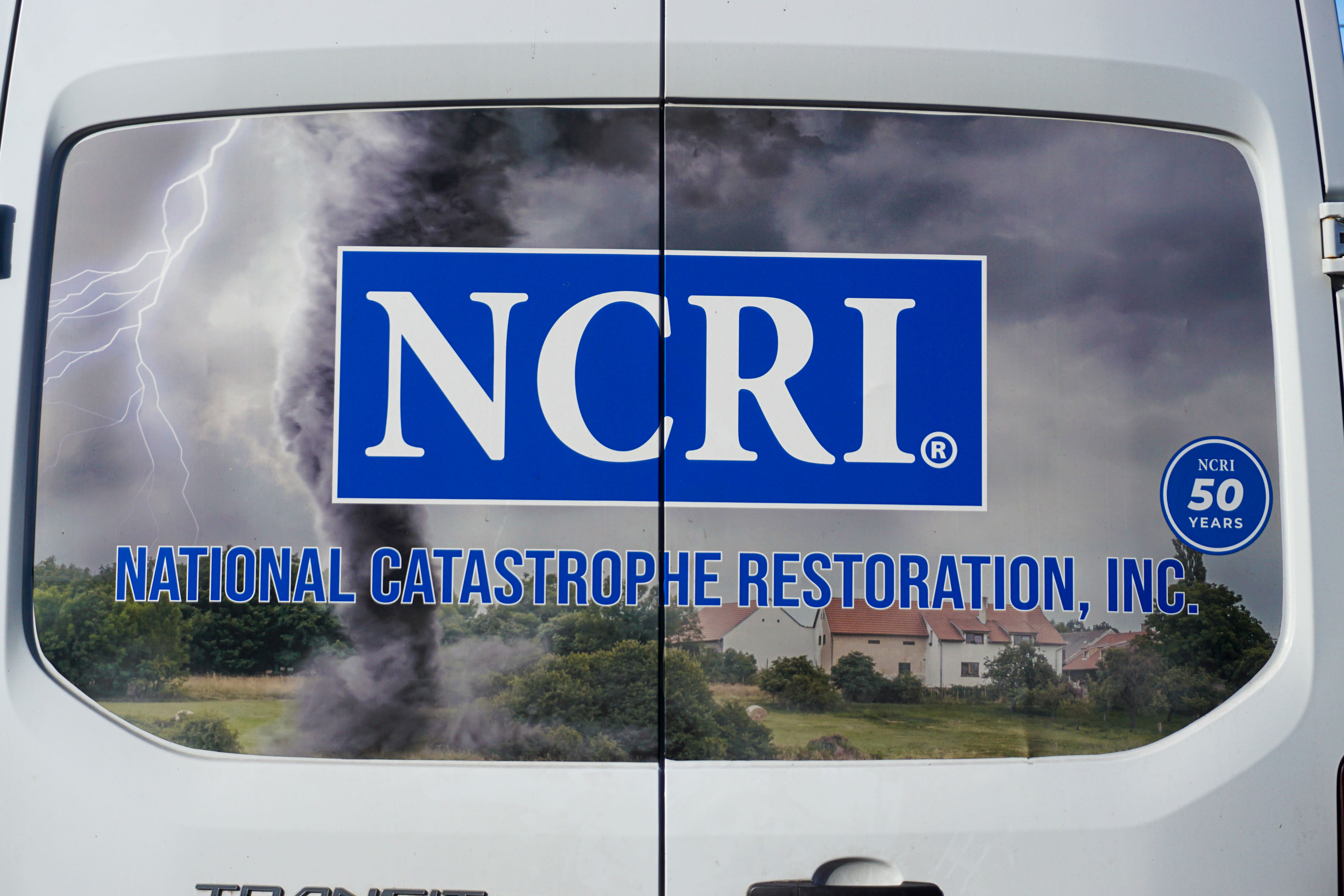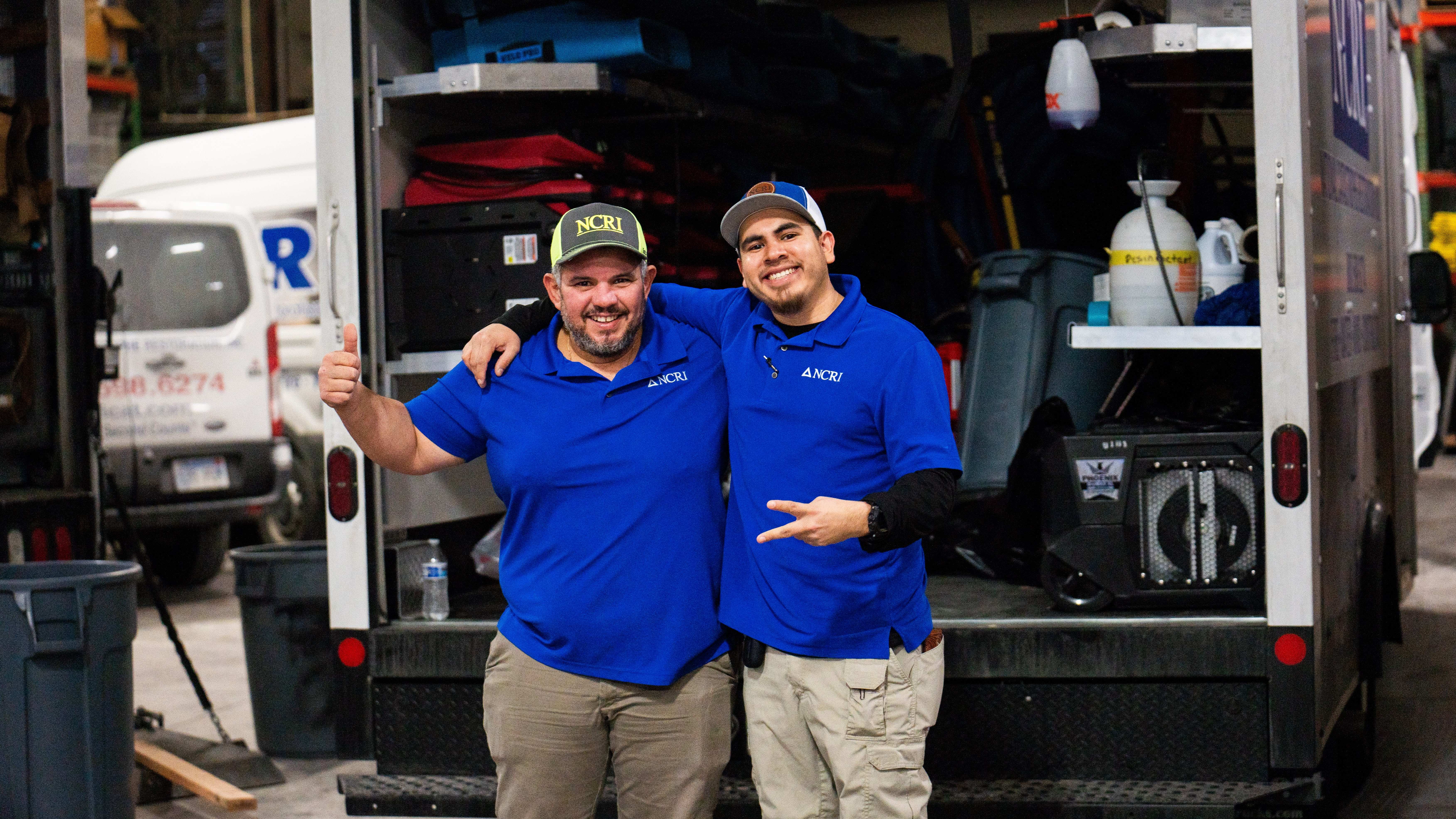Environmental Hazards After Disasters, How NCRI Ensures Safe Cleanup

Introduction
When disaster strikes, the visible damage often tells only half the story. Beneath the debris and standing water lie environmental hazards that can threaten health and slow down recovery. From asbestos and chemical leaks to airborne contaminants, every catastrophe brings unique risks.
That’s why NCRI’s Environmental Response Division takes a safety-first approach — combining industry-certified expertise, advanced containment systems, and environmental testing to restore both property and peace of mind.
Understanding Post-Disaster Environmental Risks
After natural or structural disasters, hazards can include:
- Asbestos fibers released from damaged insulation and ceiling tiles
- Lead dust from old paint and piping
- Fuel, chemical, or sewage contamination from floods and burst lines
- Mold spores thriving in damp materials
- Airborne particulate matter from fire debris
These hazards require specialized handling under EPA, OSHA, and local environmental standards. NCRI ensures full compliance through certified environmental technicians and documentation at every stage.
How NCRI Manages Environmental Cleanup
- Assessment & Air Quality Testing
Our team performs air, surface, and water sampling to identify contaminants. - Containment & Safety Controls
Negative-air pressure zones, HEPA filtration, and PPE protocols protect occupants and workers. - Targeted Remediation
Specialized cleaning agents, chemical neutralization, and hazardous waste disposal remove contaminants safely. - Post-Cleanup Verification
Independent testing confirms that all environmental standards are met before re-entry or reconstruction.
Why Environmental Safety Matters
Ignoring post-disaster contamination can lead to long-term health issues, structural deterioration, and legal liabilities. NCRI’s proactive process keeps both people and property protected — ensuring your facility can reopen safely and confidently.
FAQs
Q1: Do all disasters create environmental hazards?
Not all, but most major fires, floods, and building collapses do. Testing is the only way to confirm safety.
Q2: Can NCRI handle hazardous waste removal?
Yes. NCRI is certified for hazardous material handling and disposal nationwide.
Q3: Does insurance cover environmental cleanup?
In many cases, yes — especially when contamination results directly from a covered disaster event.




.jpg)



